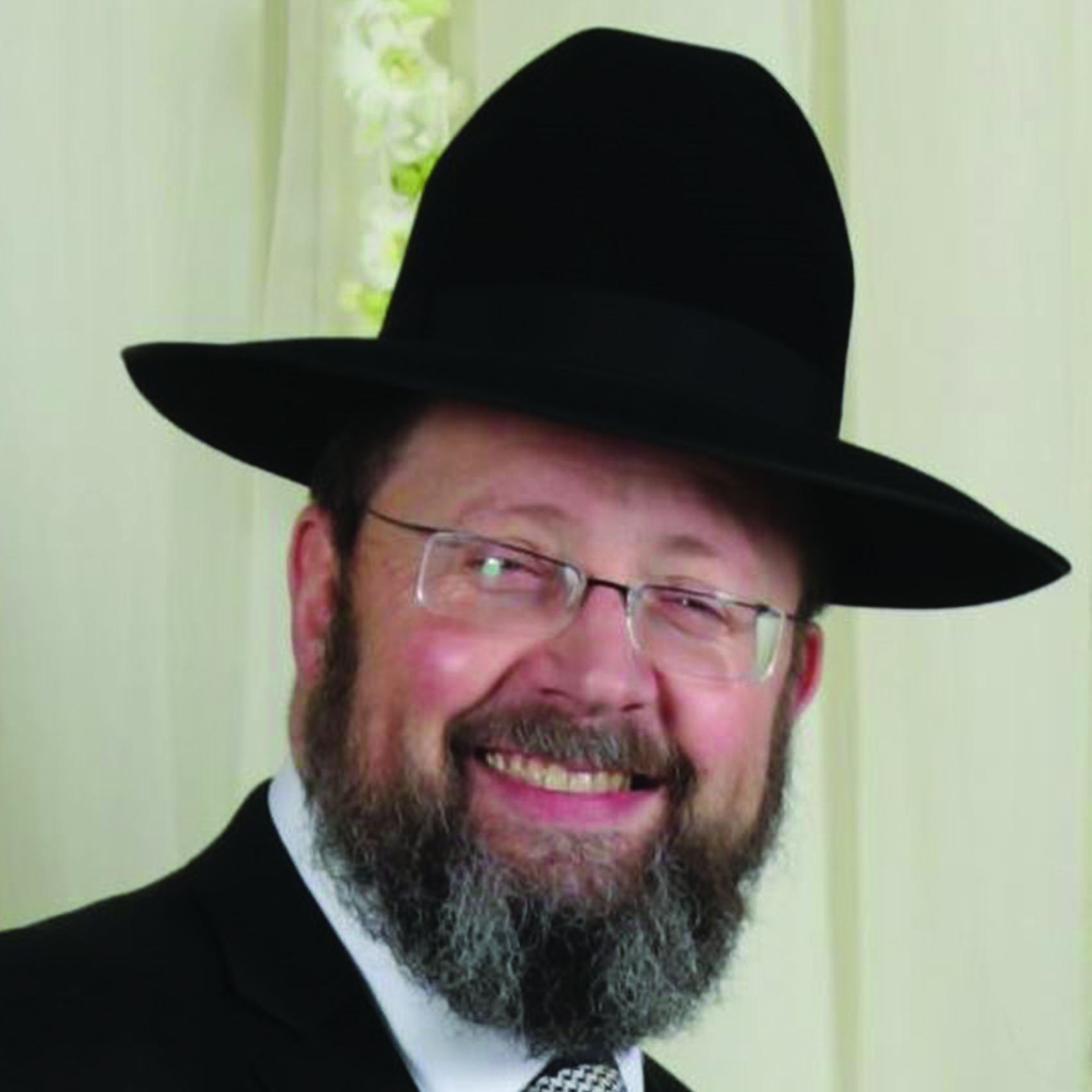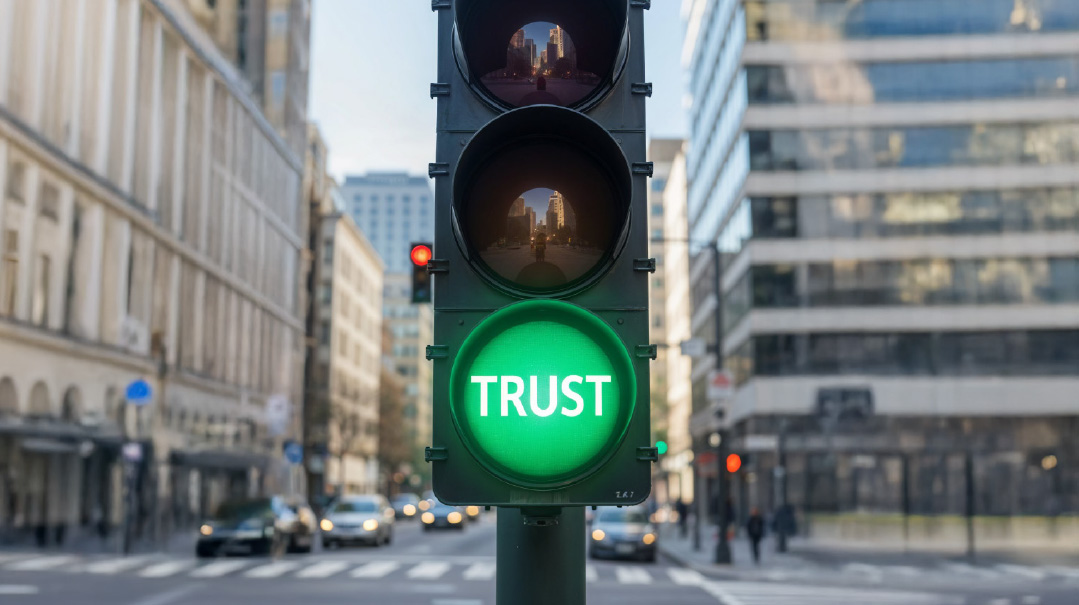Real Laughter and Real Tears

My mother is a marvel.
She is 87— ad meah v’esrim— and, in her words, is held together by Scotch tape. You name it, she’s had it. Cancer? Check. Bleeding on the brain? Check. Pacemaker? Check. Valve replacement? Check. Hardening of the pulmonary arteries? Check. And I could go on and on. As my sister says, the whole is better than the sum of its parts.
But that’s not why she’s a marvel. It’s her optimistic, funny, wise, and upbeat personality that makes her so unique.
While others may call their mothers out of Jewish guilt, or because it’s a mitzvah, not me — for me it’s just fun. (You know, there are certain jokes that you just must share with someone, but not with just anyone. As a rav, my options are limited. So my “go-to man” is my 87-year-old mother. After the obligatory, mock-outraged “Avi!” she usually one-ups me.)
This past Erev Shabbos Chazon, I call her to see how she is, and she tells me there’s news. Uh-oh. She had just returned from a two-week jaunt to Eretz Yisrael — she and my 91-year-old father are proof positive that “wheelchair-bound jetsetters” is not an oxymoron. (I told them they were acting like irresponsible teenagers, and my mother replied that I’m concerned only about them squandering the yerushah.) She had fallen in her apartment in Israel, sustaining a concussion. There was no immediate effect, but now, a week later, she says she has lost her sense of smell and taste. I ask her how long the doctors expect this to last and she says, “Maybe forever — but who knows how long that is?”
She then asks me what I’m doing and I share with her that I was preparing my comments for kinnos in my shul on Sunday morning. She asks me about the topic, and when I say something Churban-related, she exclaims, “Oish, the Churban!” and starts crying.
Like, real crying. She simply can’t speak for a minute or two. Then, through small gasps, she manages to get out, “Now you ruined my mascara.” I ask her why she’s crying and she tells me, now in all seriousness, “For me it’s all real. The Beis Hamikdash. The korbanos, the Kohanim, the Avodah, the hashra’as haShechinah. It’s all just real.”
Many of us wonder why we don’t cry over the Churban. I always assumed that it’s because we live such pampered, easy lives. But after speaking to her I realized that this is only a small part of the story.
Let me tell you another story about my mother. But first, a question.
Did you ever wonder why, on Tishah B’Av, we lein, “Ki solid banim”? Sure, that passage makes mention of being driven from Eretz Yisrael, but that is not the bulk of the leining, which is mostly about the wonders of kabbalas haTorah: “Hashama amà ka’asher shamata atah vayechià Atah hareisa ladaasà ein od milvado — Has a nation ever experienced a revelation of G-d as you have. You have been shown, to know, that Hashem is G-d, and there is no other.” And so on.
Shouldn’t we read the tochachah of Bechukosai or Ki Savo instead? Or perhaps the frightful pesukim in Nitzavim, Vayeilech, or Haazinu? Why this passage?
Back to the story. When my mother had her bleeding-on-the-brain episode (unrelated to the concussion mentioned above— don’t ask), she blacked out and was rushed to the hospital. When I came to visit her a bit later, she was lying in bed, basically back to herself. After schmoozing a bit, she said, matter-of-factly, “That’s so interesting. See how the wallpaper has a certain zebra-like pattern? When I turn my head and look at you after looking at the wall, I see that pattern superimposed on your face.”
I was petrified, but for her it was just “interesting.” A day or so later, with her prognosis still very much uncertain, she was talking to her doctor, an elderly, venerated neurologist, supposedly the top man in the field. He found her case fascinating, never having seen anything quite like it, and he suggested that she donate her brain for research after she’s gone. On the spot she replied, “Really? Who says you’ll be around to enjoy it?”
I could not believe it. Here she was, her brain going haywire and her life hanging in the balance, yet she was upbeat as usual.
I just had to ask her: “Ma, you’re not afraid?”
Her immediate answer? “I have emunah. Hashem runs the world and there’s nothing we can do either way. So what’s there to be nervous about?” Then she added self-deprecatingly, “I can’t even take credit for the emunah. I yarshened it from my father.” (Her father was Rav Eliyahu Munk, author of the renowned World of Prayer.)
Some people talk the talk, but it’s amazing to see the effects of real emunah.
These two middos, crying over the Churban and emunah in Hashem, go hand in hand. And perhaps that’s why on Tishah B’Av we read “Ki solid banim,” which is all about emunah. Because if you truly believe, if you are not orthoprax, but for you it’s all really real, then you’ll cry.
We cannot let ourselves off easily by claiming that the source of our apathy is our easy lives. For many of us, it’s just not tangible, because we often fail to make the effort to develop a true relationship with Hashem; in my mother’s words, to make it all “real.” But the premium for this effort is not just an eventual reward in Olam Haba. Working on emunah and bitachon yields an immediate payoff. Look at my mother. Look at the simchas hachayim that her emunah generates, here, in this world.
Real laughing and real crying.
The two sides of a life lived with emunah.
(P.S. This article is being published against my mother’s protestations. She acknowledges, however, that she can’t win ‘em all!)
Originally featured in Mishpacha, Issue 734. Rabbi Avrohom Neuberger is the rav of Cong. Shaarei Tefillah of New Hempstead.
Oops! We could not locate your form.













